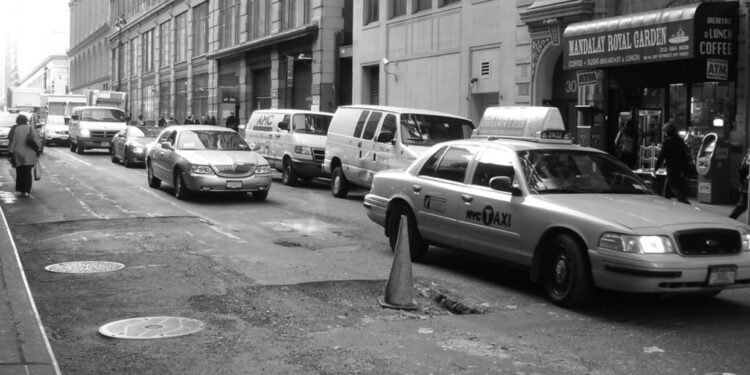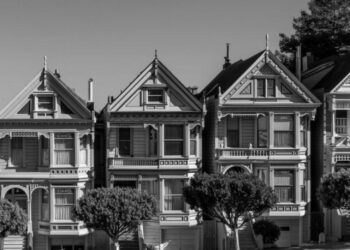The International Roughness Index (IRI) serves as a standard metric for evaluating road quality. This index measures the vertical movement of a vehicle over a given distance, with lower values indicating smoother surfaces. An IRI below 95 inches per mile is generally considered “good.”
Data from the Federal Highway Administration (FHWA) reveals a stark contrast between interstate highways and urban roads. Over 80% of interstate mileage falls into the “good” or “very good” categories, with a mere 3% deemed “poor” or “very poor.” Conversely, only about 40% of non-interstate roads achieve a “good” rating, and 20% are classified as “poor” or worse. Urban roads fare particularly poorly, likely due to higher traffic volumes and deferred maintenance.
This disparity isn’t just a matter of comfort; it has tangible economic implications. Poor road conditions lead to increased vehicle operating costs, higher accident rates, and diminished quality of life for city residents. Moreover, the financial burden of repairing deteriorated roads often surpasses the cost of regular maintenance, placing additional strain on municipal budgets.
Addressing urban road quality requires a multifaceted approach. Cities must prioritize routine maintenance, allocate sufficient funding, and explore innovative materials and construction techniques to enhance durability. Engaging the community in reporting road issues and fostering public-private partnerships can also play pivotal roles in improving our urban infrastructure.
While U.S. interstates generally maintain high standards, the condition of urban roads leaves much to be desired. By focusing on proactive maintenance and strategic investments, cities can enhance road quality, thereby improving safety, economic efficiency, and the overall well-being of their residents.









